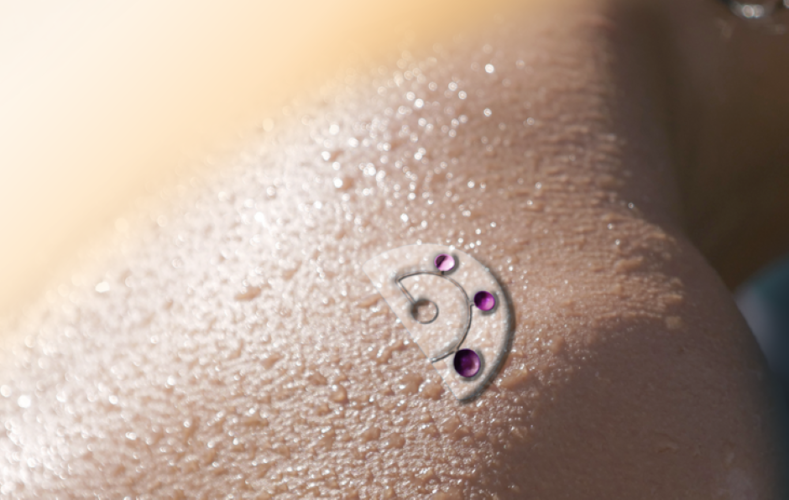
The device, which is on a patch applied to the skin near sweat glands, consists of a small vial containing multiple chambers that has a hydrophobic valve near the opening made of silicone rubber. The channel has a hydrophilic coating for easy collection of the sweat. Unlike other devices that require two openings, the single opening reduces the amount of evaporation, leading to longer storage time for later analysis.
Highly-sensitive wearable gas sensor looks set for market
“We want to be able to analyse the sweat from daily exercise or from the heat of the sun because in sweat we have a lot of biomarkers like pH and glucose that will be a really nice indicator for disease progression or diagnostics,” said Huanyu "Larry" Cheng, assistant professor of engineering science and mechanics, Penn State.
According to Penn State, on-the-spot analysis can be done using a colorimetric approach in which a colour-coded analyte is preplaced in the various chambers. This sensitive chemical responds to the pH or glucose level and can be read by the naked eye or a photo taken with a smartphone. Using a process called chrono-sampling, the researchers can analyse the sweat at different time points using different chambers.
“The two-valve device is more complicated and requires using a clean-room technique called photolithography. Our simpler one-valve device can be made without expensive equipment utilising micromachining,” Cheng said in a statement.
For athletes, the microfluidic device could be used to monitor overheating or to adjust exercise levels for optimum performance. The researchers are also collaborating with a researcher at Penn State Hershey Medical School on disease monitoring. The device can have one chamber colour-coded for pH, a second for glucose and a third for sodium, all of which are disease markers.
Their results appear online in Lab on a Chip in an article titled “Skin-interfaced microfluidic devices with one-opening chambers and hydrophilic valves for sweat collection and analysis.”




Poll: Should the UK’s railways be renationalised?
Rail passenger numbers declined from 1.27 million in 1946 to 735,000 in 1994 a fall of 42% over 49 years. In 2019 the last pre-Covid year the number...